
Extremely good food you should not miss
As we grow older, maintaining strong, steady legs becomes essential for independence, balance, and overall vitality. Among all foods that support leg strength, salmon (and other fatty fish like mackerel, sardines, or trout) stands out as the ultimate choice — a nutrient powerhouse that nourishes both muscles and bones from the inside out.
🧬 Why It’s #1

Rich in Omega-3 Fatty Acids (EPA and DHA)
These healthy fats are proven to reduce inflammation in your muscles and joints — one of the main causes of stiffness, soreness, and weakness with age. By keeping inflammation under control, omega-3s help your legs feel more flexible and less achy after activity.
→ Over time, this means better mobility, stronger steps, and greater comfort in daily movement.
High in Complete Protein
Every serving of salmon delivers a complete set of essential amino acids your body needs to rebuild and maintain muscle tissue. Adequate protein is crucial for preventing sarcopenia — the natural age-related loss of muscle mass that leads to frailty and reduced balance.
→ Consistent intake helps your legs stay toned, stable, and capable of supporting your body weight with ease.
Packed with Vitamin D and B Vitamins
Vitamin D improves your body’s ability to absorb calcium, which is vital for strong, dense bones. Meanwhile, the B vitamins (especially B12 and niacin) found in fatty fish enhance energy metabolism within muscle cells.
→ Together, these nutrients boost endurance, reduce fatigue, and help your legs recover faster after exercise or long walks.
Improves Circulation
Omega-3s promote healthy blood flow by supporting flexible blood vessels and reducing triglyceride levels. This keeps leg muscles well-oxygenated and helps flush out waste products more efficiently.
→ The result: fewer cramps, less swelling, and more energized legs throughout the day.
🥦 Other Great Foods for Strong, Healthy Legs
Eggs
Rich in high-quality protein and leucine, an amino acid that triggers muscle growth and repair after workouts.
Greek Yogurt
A perfect combo of protein and calcium, strengthening both muscles and bones while also supporting gut health — which indirectly aids nutrient absorption.
Leafy Greens (Spinach, Kale, Bok Choy)
Loaded with magnesium and potassium, these vegetables help prevent muscle cramps and support proper muscle contraction. Their antioxidants also protect against age-related inflammation.
Sweet Potatoes
Provide complex carbohydrates for steady energy release, plus potassium to regulate muscle function and hydration.
Nuts and Seeds (Almonds, Chia, Pumpkin Seeds)
Contain healthy fats, magnesium, and antioxidants that support nerve communication, muscle performance, and recovery after physical activity.
Lean Meats (Chicken, Turkey)
Excellent sources of muscle-building protein with minimal saturated fat, helping maintain lean muscle mass.
Legumes (Lentils, Chickpeas, Beans)
Great for plant-based protein and fiber, which help stabilize blood sugar — giving your muscles consistent fuel without crashes.
Berries
Packed with antioxidants like anthocyanins, they help repair muscle microdamage after workouts and improve circulation.
🚫 Foods to Avoid
Processed Foods (Sausages, Chips, Fast Food)
High in sodium and trans fats, which cause inflammation and fluid retention — making your legs feel swollen or heavy.
Sugary Foods and Drinks
Excess sugar increases inflammation, disrupts muscle recovery, and may lead to insulin resistance, which weakens muscle growth over time.
Excess Alcohol
Alcohol slows down protein synthesis (the process of repairing muscles) and depletes key nutrients such as magnesium, zinc, and B vitamins.
Refined Carbs (White Bread, Pastries)
Cause rapid energy spikes followed by crashes — leaving muscles under-fueled and tired.
Too Much Caffeine
Can dehydrate your body and trigger muscle cramps if you’re not drinking enough water. Moderate intake is fine, but balance it with hydration.
🏋️♀️ Bonus Tips to Keep Your Legs Strong
-
Exercise regularly: Incorporate resistance and strength training (squats, lunges, cycling, leg raises) at least 3–4 times per week to maintain muscle tone.
-
Stretch and move daily: Gentle stretching and mobility exercises prevent stiffness and improve joint flexibility.
-
Stay hydrated: Muscles are about 75% water — hydration is essential for proper contraction and endurance.
-
Get enough sleep: Deep sleep triggers the release of growth hormone, which aids muscle repair and regeneration.
-
Maintain a balanced diet: Pair your protein with colorful vegetables and healthy carbs for a full range of nutrients that fuel your body.
✅ Summary
The #1 food for strong legs as you age is salmon, thanks to its remarkable mix of high-quality protein, omega-3 fatty acids, and essential vitamins that protect both muscle and bone health.
Combine salmon with a variety of nutrient-rich foods like leafy greens, eggs, Greek yogurt, and nuts, while avoiding excessive sugar, processed foods, and alcohol.
Do that — along with regular movement and hydration — and your legs will stay strong, flexible, and steady for many years to come.
News in the same category


Stubborn Grass (Sporobolus indicus): The Resilient Weed with Hidden Healing Powers
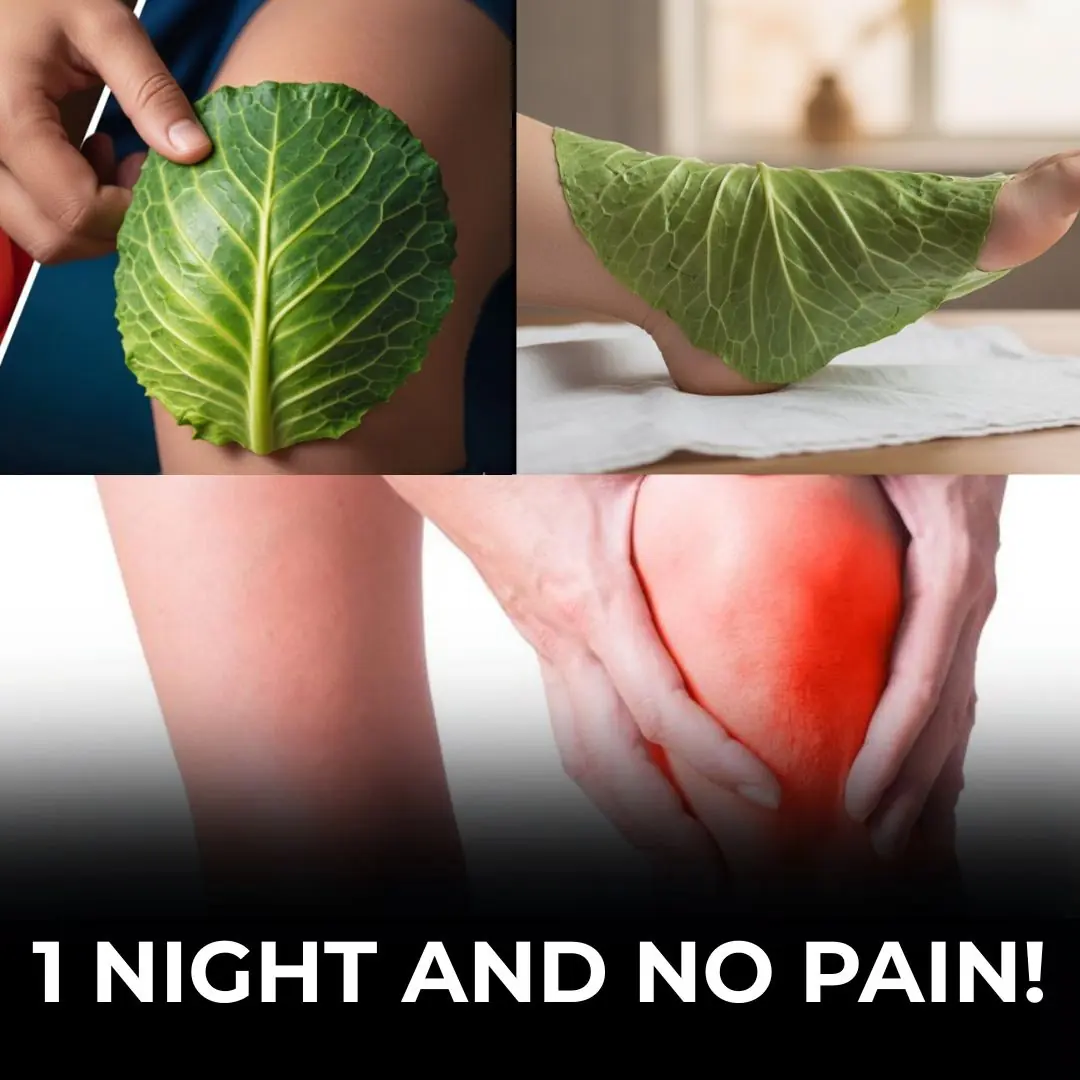
Cabbage Leaf Miracle: How to Relieve Joint Pain Overnight Naturally

Mouth Cancer: Symptoms, Causes, Stages, and Treatment

How to Cure Sciatic Nerve Pain: A Guide to Natural Remedies
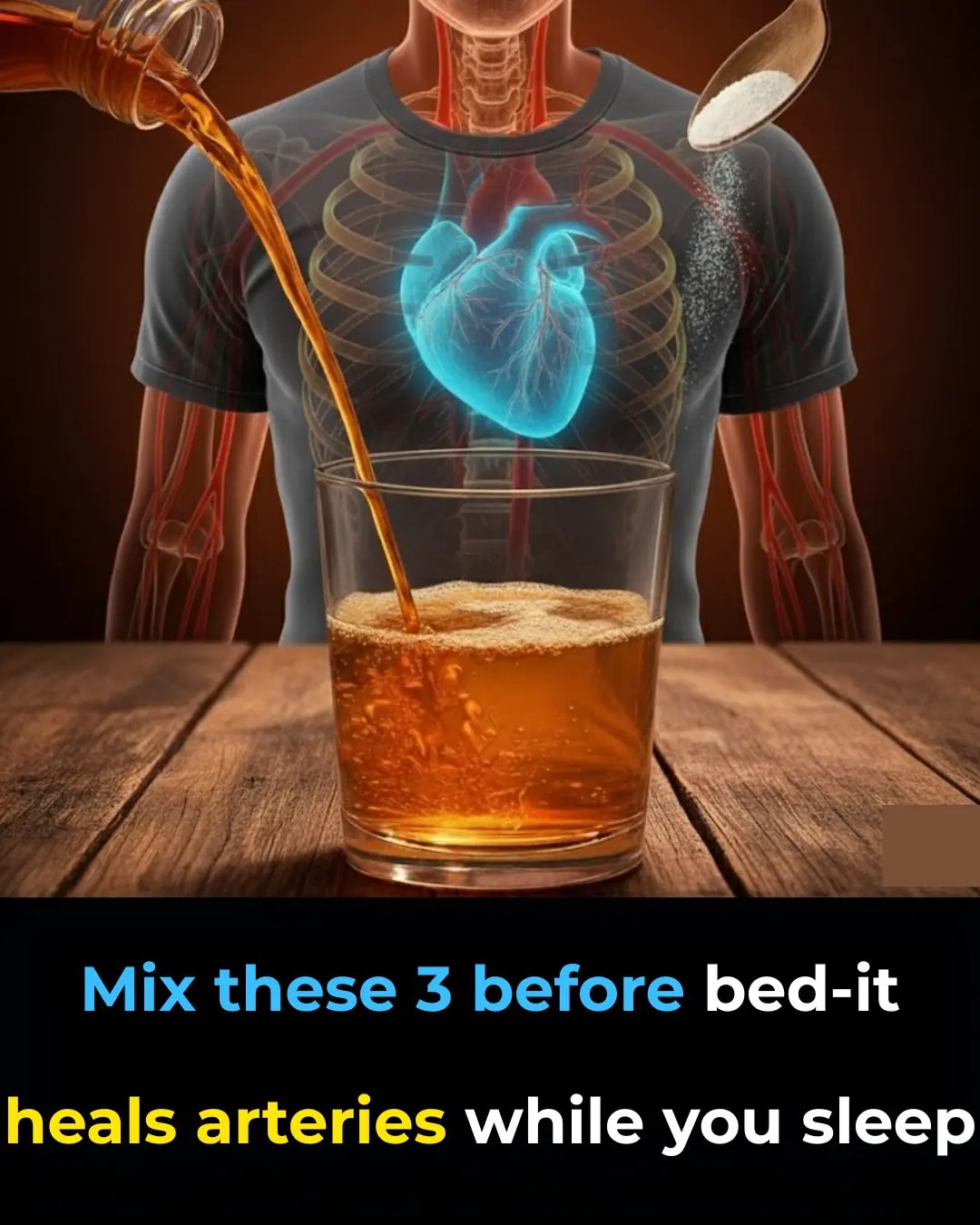
Mix these 3 before bed — it heals arteries while you sleep
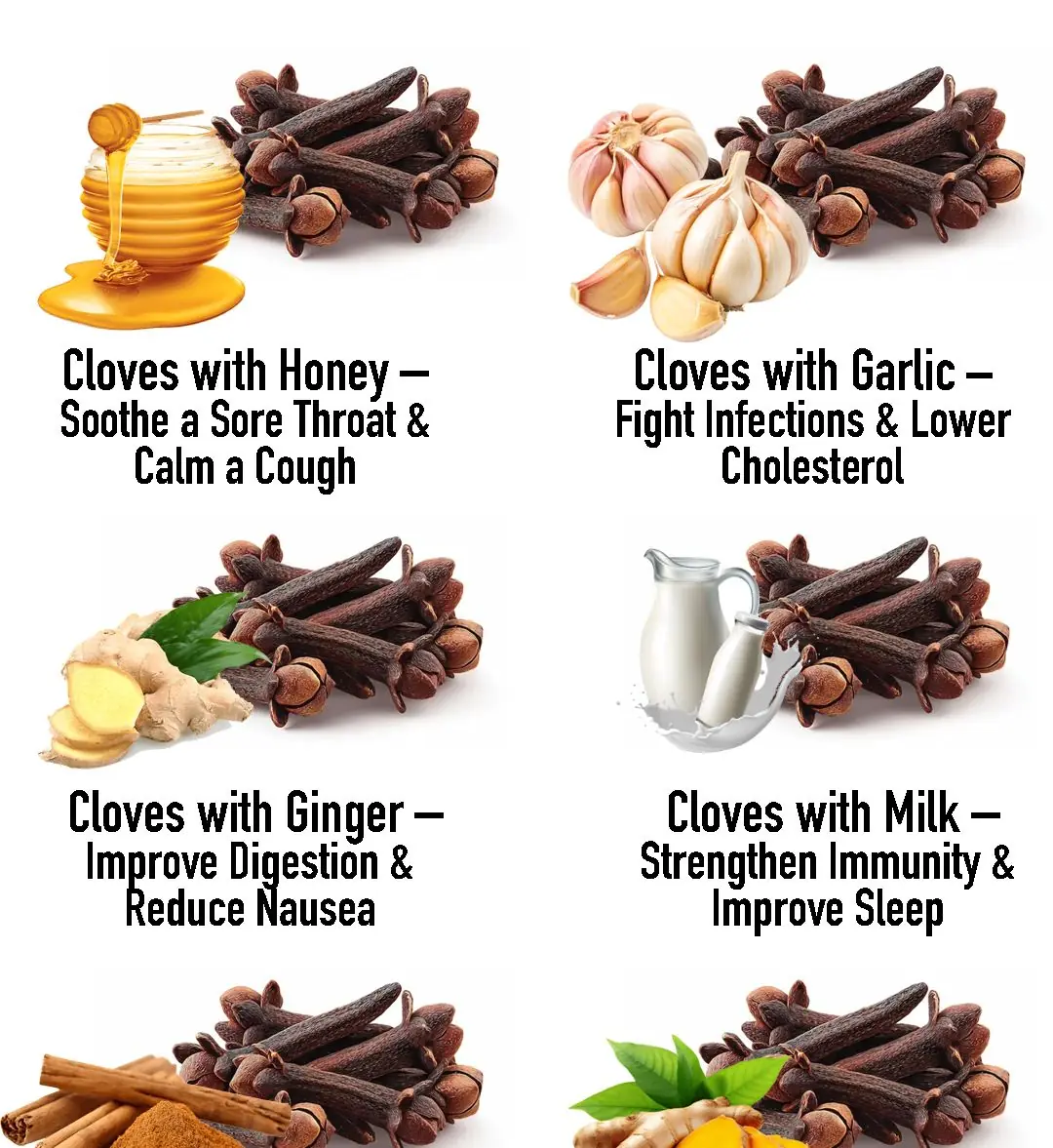
20 Genius Ways to Use Cloves for Your Health
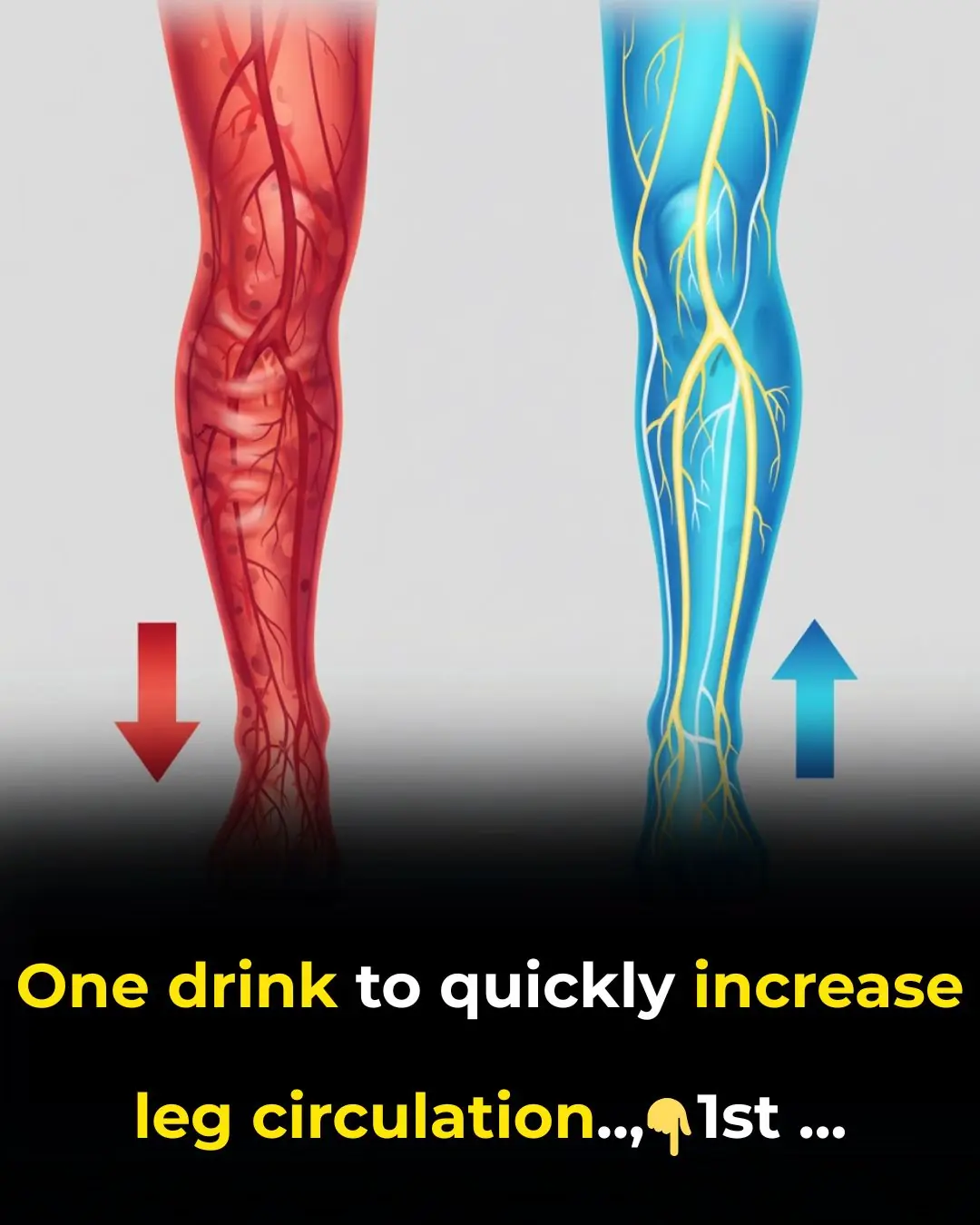
One drink to quickly increase leg circulation

Drink this cinnamon and clove tea to lower your blood sugar naturally

Here’s What Really Happens To Your Body If You Drink Diet Soda
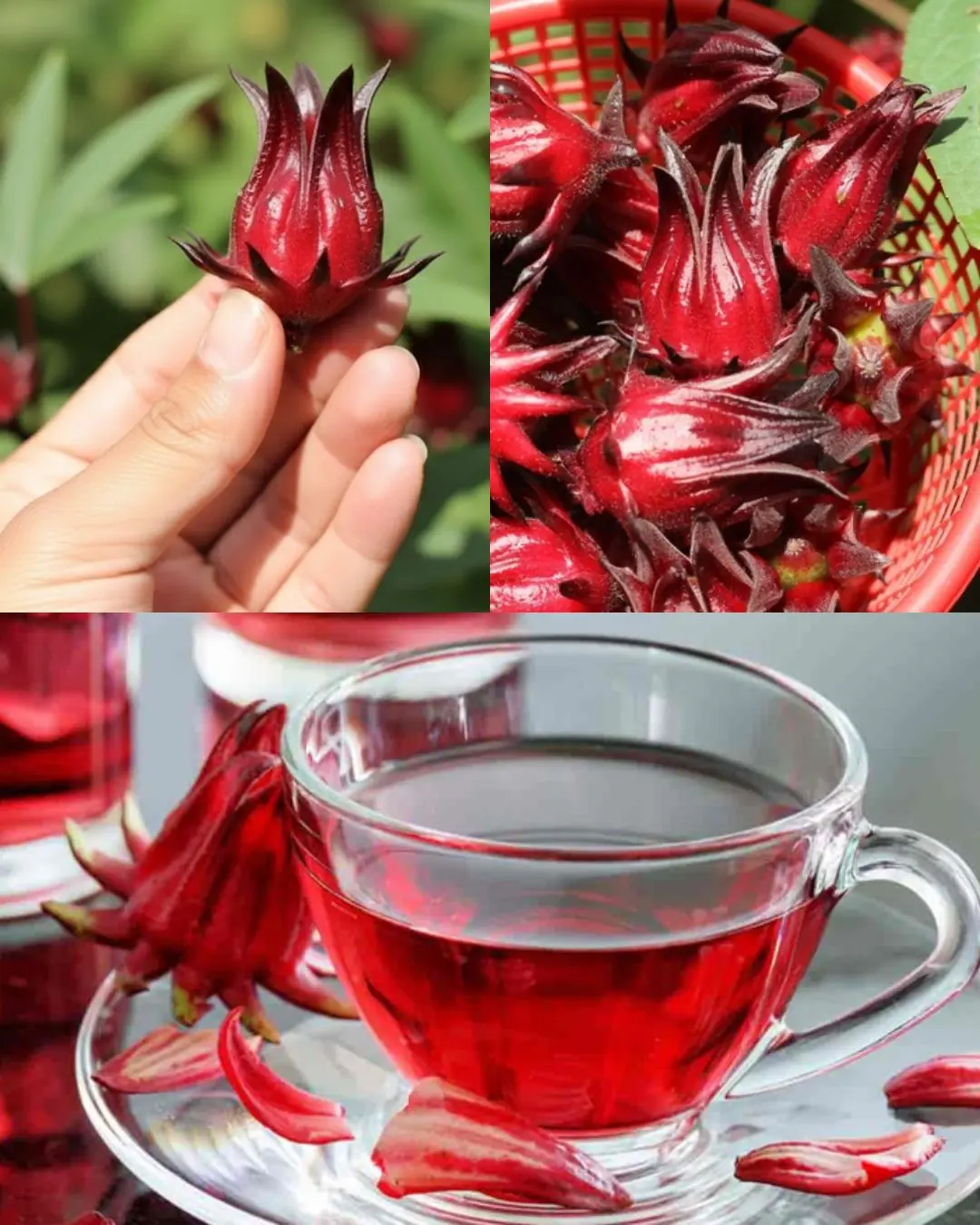
Roselle: The Scarlet Herbal Treasure with Powerful Health Benefits

Clove-Infused Honey Power: A Natural Wellness Booster You Can Make at Home
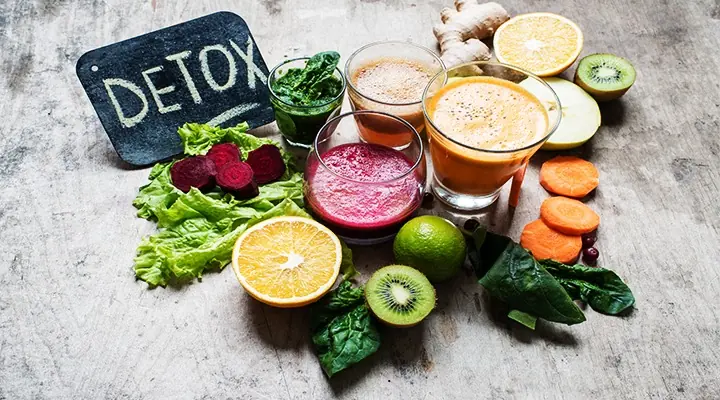
How to Detoxify and Cleanse Each Organ to Never Be Sick or Tired Again
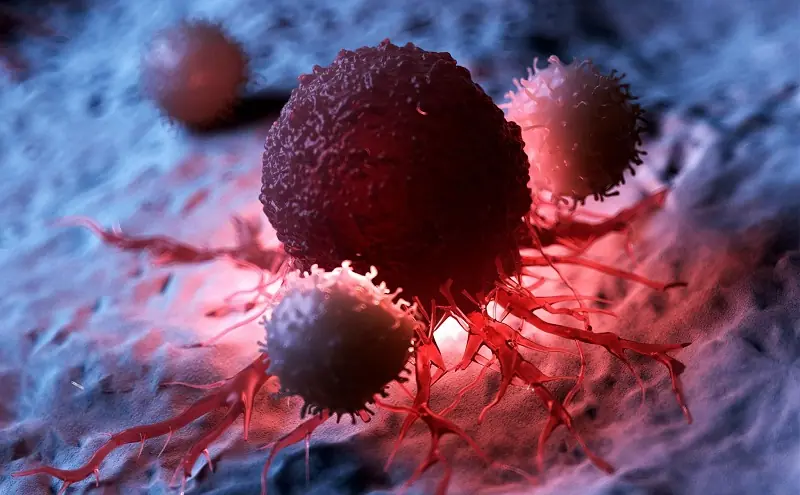
NEW 10 UNUSUAL SIGNS OF COLON CANCER

Don’t throw these 4 things when someone passes away

Neuroscientist reveals the 500-calorie “fast” that doubles autophagy and resets your metabolism in just 3 days

Eat Celery Regularly for a Healthier Digestive System and Lower Blood Sugar Levels
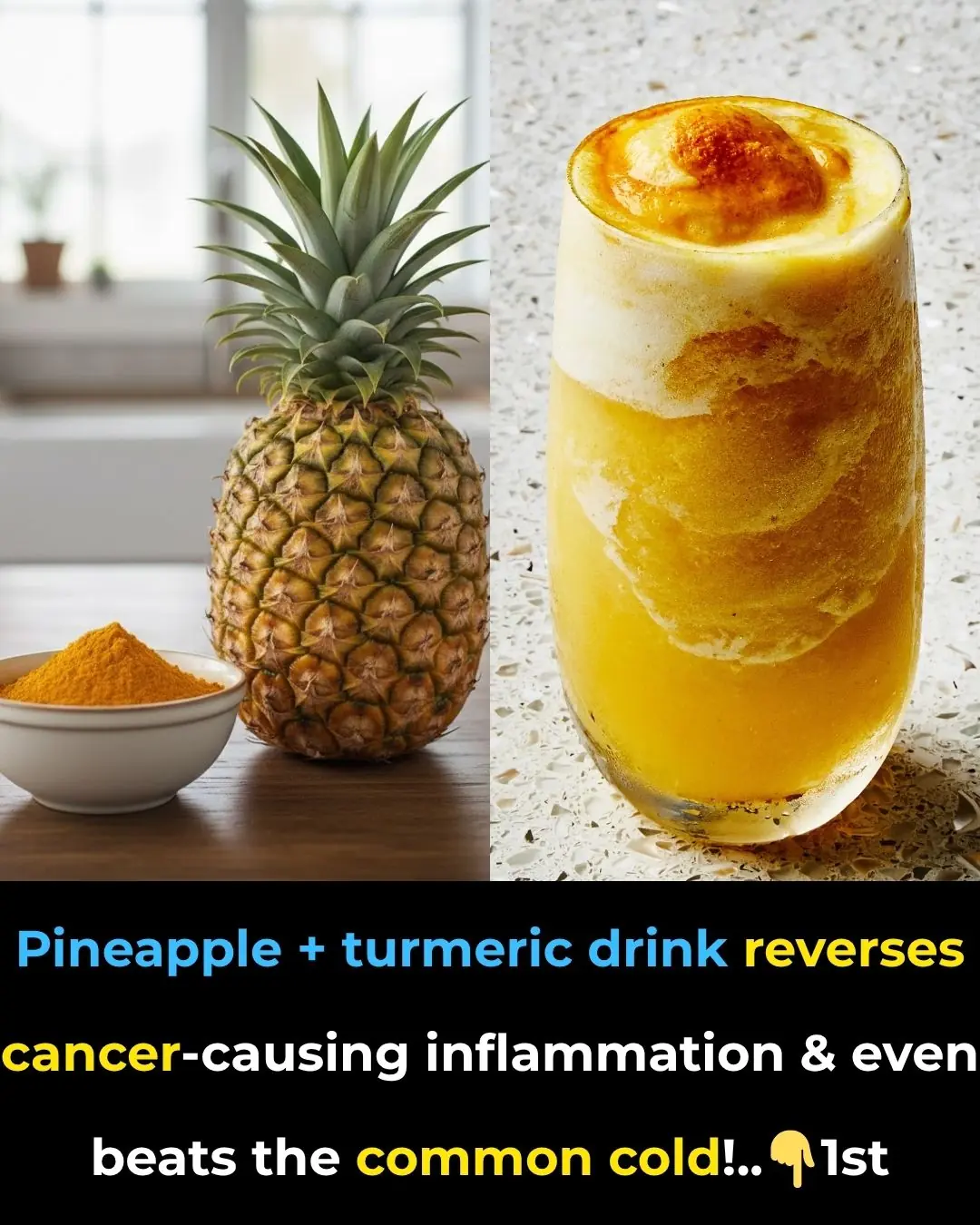
Pineapple And Turmeric Drink Reverses Cancer-Causing Inflammation And Even Beats The Common Cold!
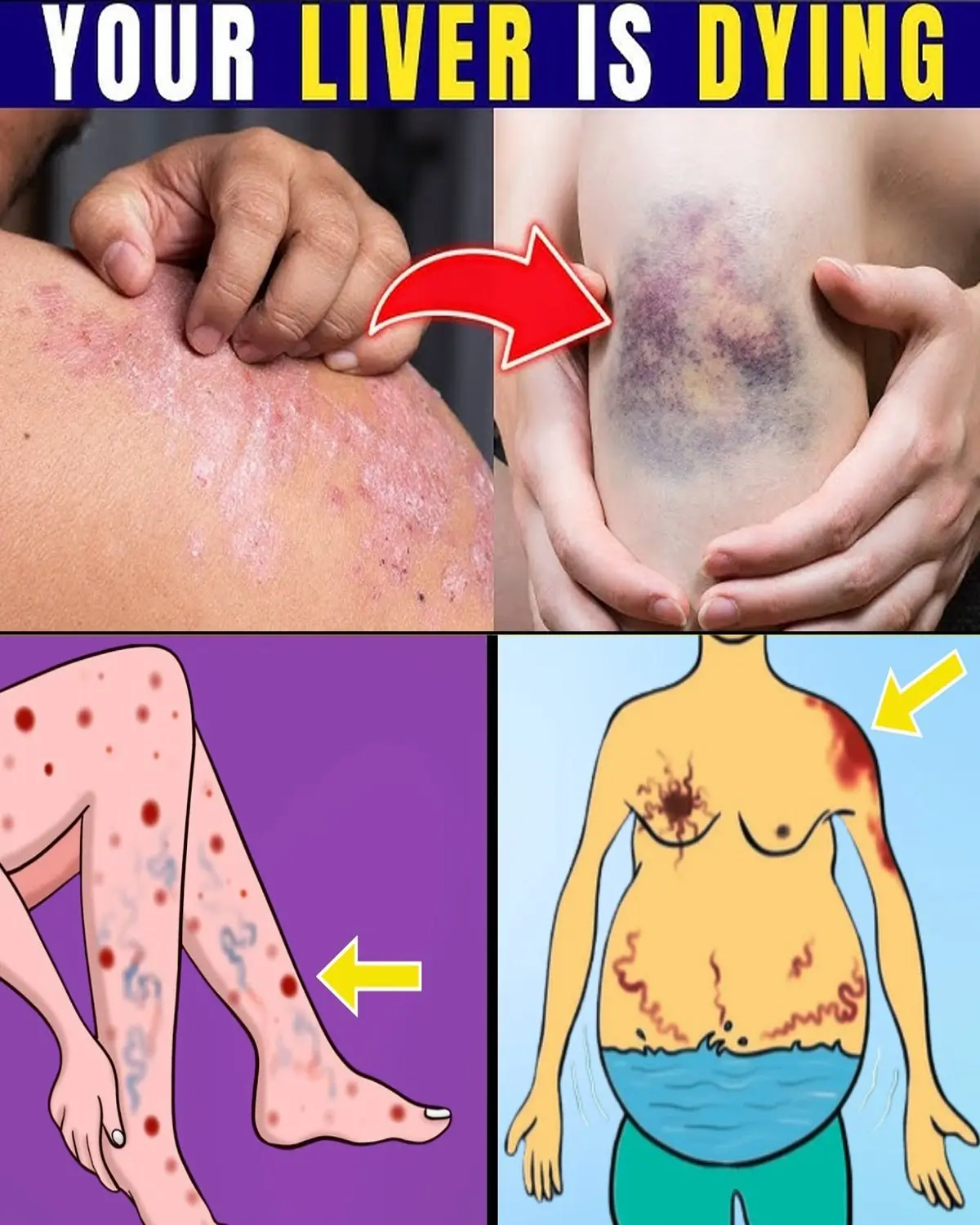
Warning: 12 Weird Signs That Show You’re Having Liver Damage
News Post

Shrink Open Pores Naturally with Banana Peel and Simple Home Remedies

The Chia Seed–Aloe Vera Anti-Wrinkle Mask: A Natural Remedy for Smoother, Younger-Looking Skin

The Orange Peel Elixir That Cleanses Your Whole Body and Fights Diabetes, Cholesterol, and Blurry Vision

Stubborn Grass (Sporobolus indicus): The Resilient Weed with Hidden Healing Powers

Boost your hair growth with rice water ginseng hair spray

DIY Turmeric Gel For Ageless Skin: Unlock the Secrets of Radiant and Youthful Complexion

DIY Brow Boosting Serum: Thicken Eyebrows Naturally with Garlic, Castor Oil & Coconut Oil

Collagen Boosting Drink to Reverse Your Age: Get Spotless, Glowing Skin Naturally
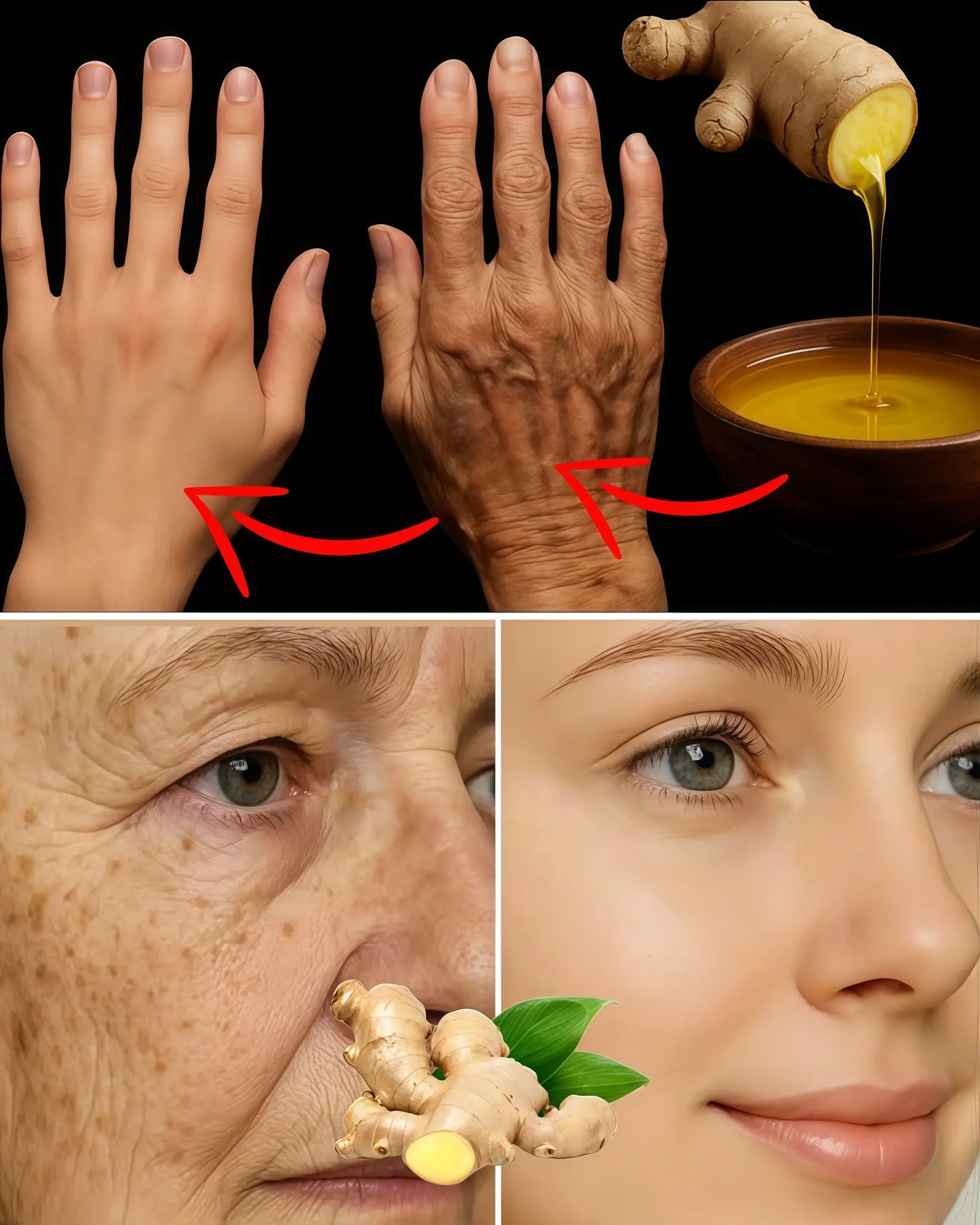
Ginger – 100 Times More Powerful Than Botox: The Natural Secret to Eliminate Wrinkles, Freckles, and Dark Spots
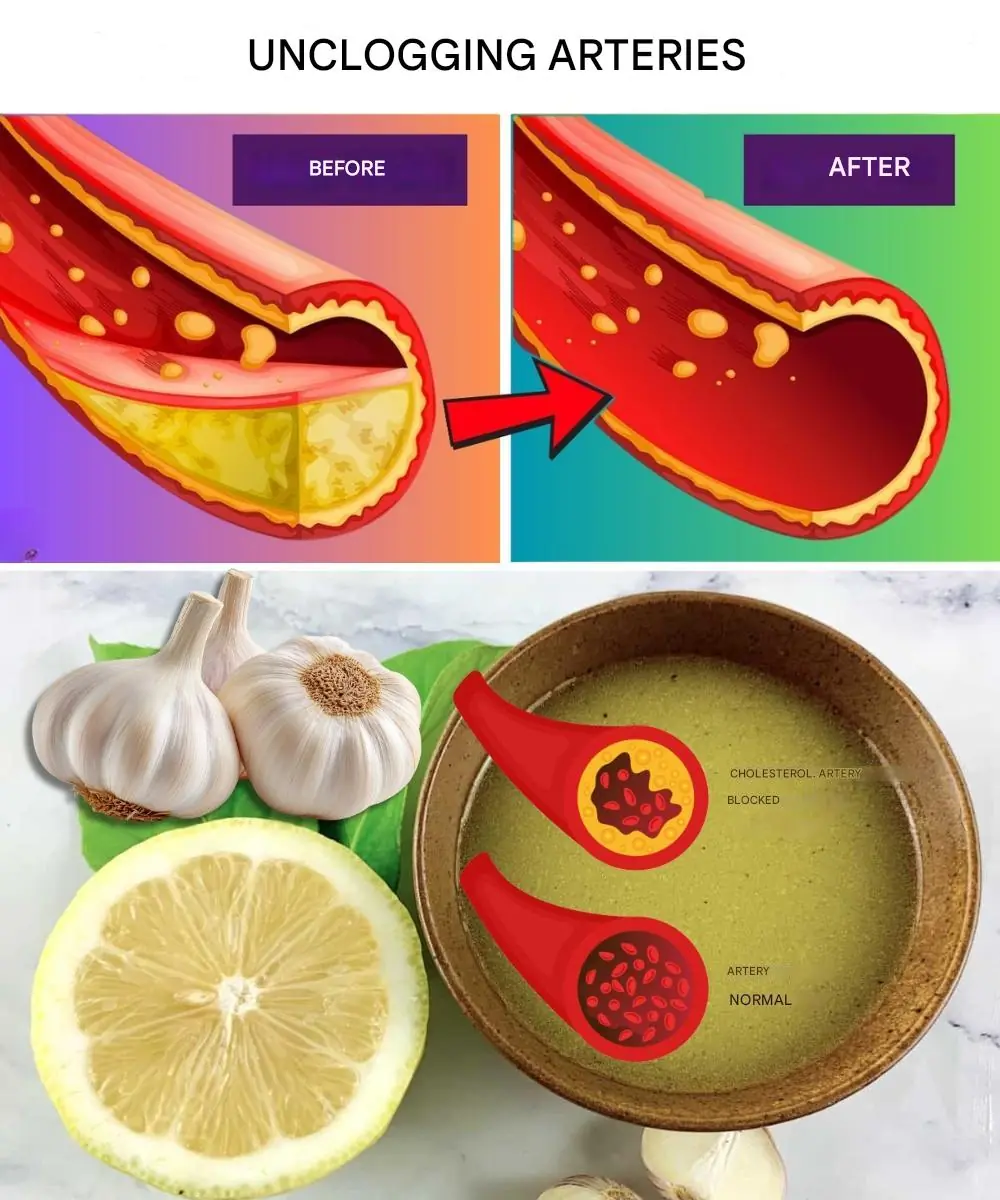
Clean Your Arteries Naturally with This Simple Homemade Juice — A Daily Tonic for Heart Health and Circulation
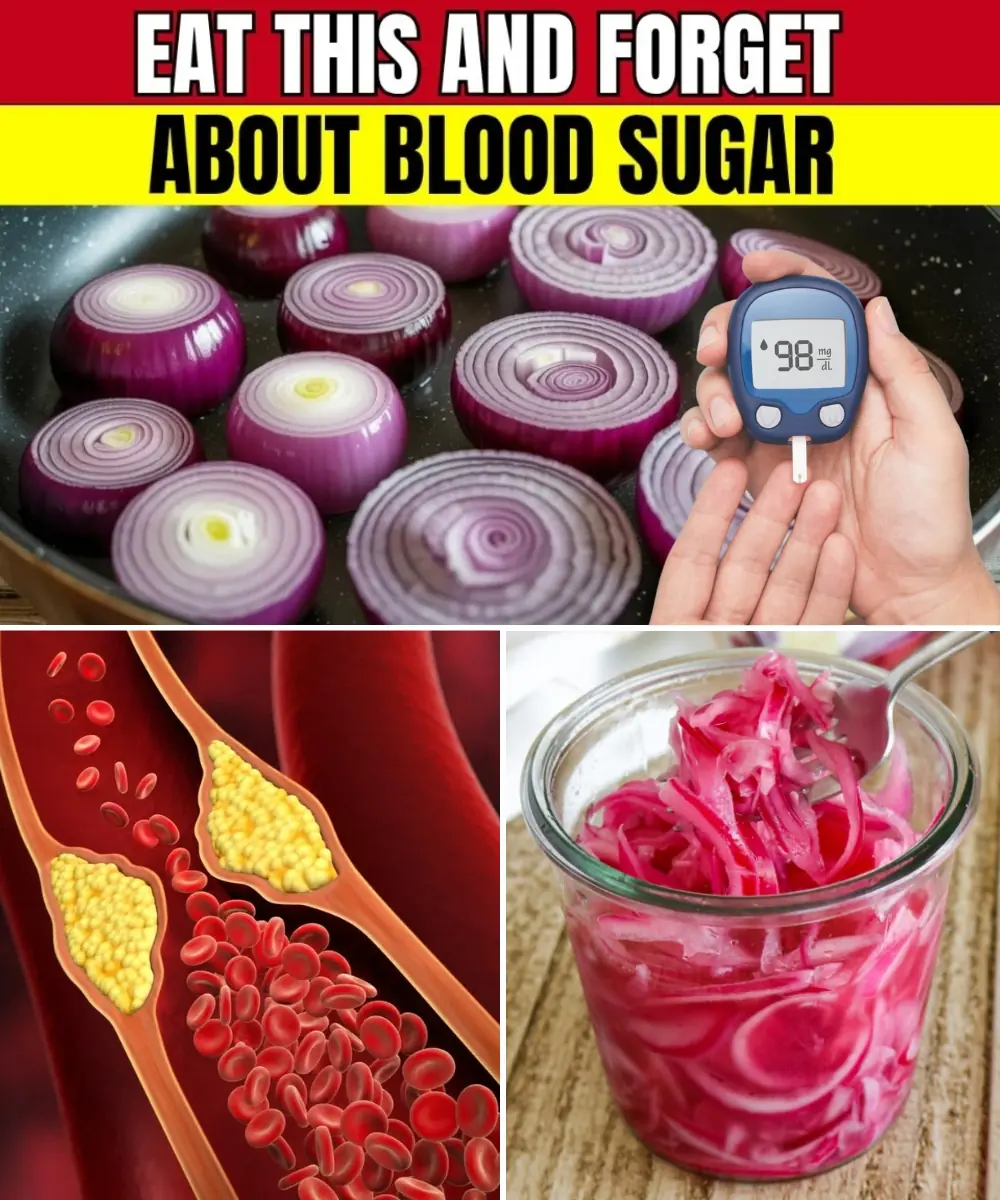
Red Onion Magic: The Little Kitchen Secret That Balances Blood Sugar Naturally

Cabbage Leaf Miracle: How to Relieve Joint Pain Overnight Naturally
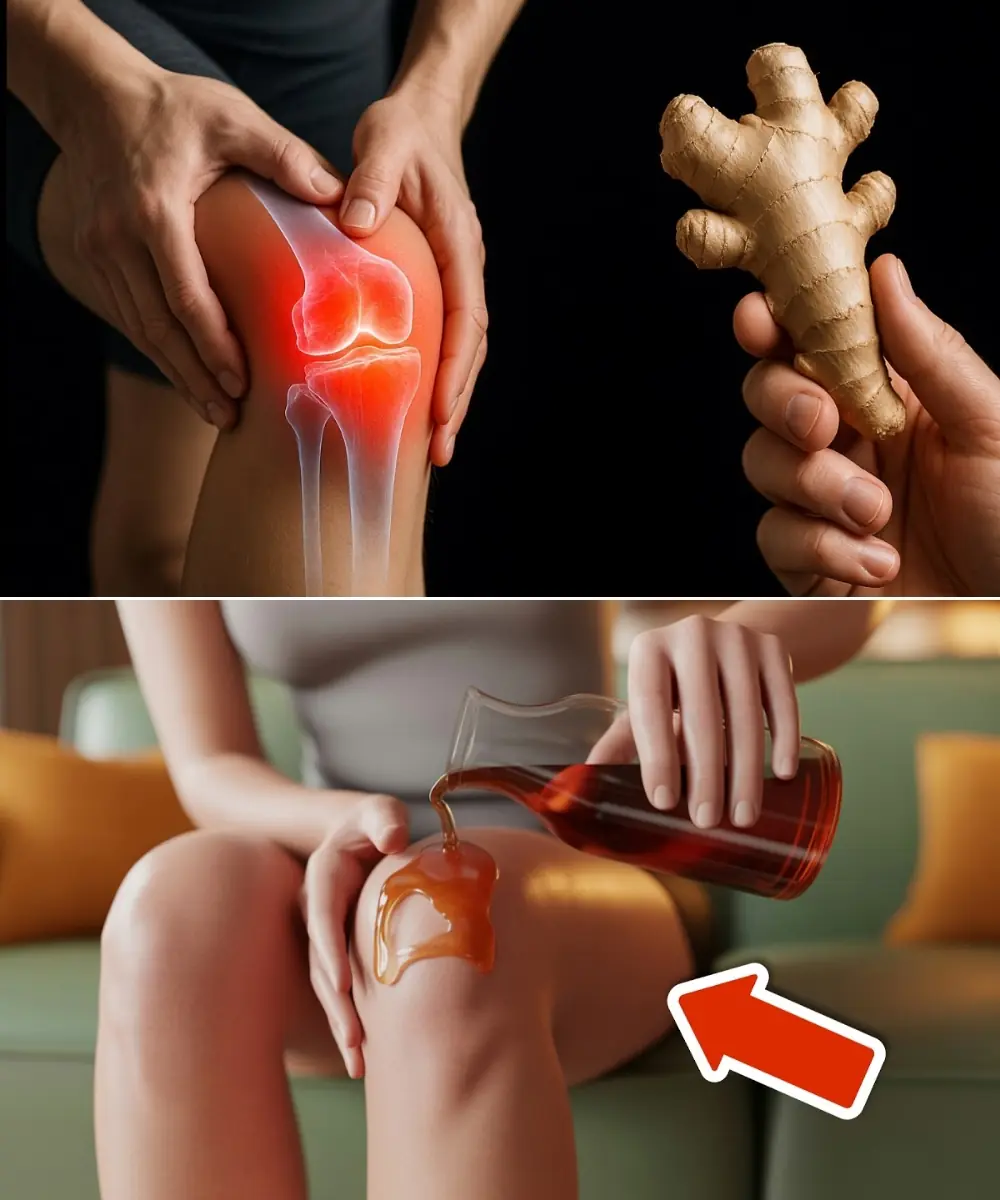
End Knee Pain Naturally: The Secret Power of Ginger Doctors Don’t Tell You
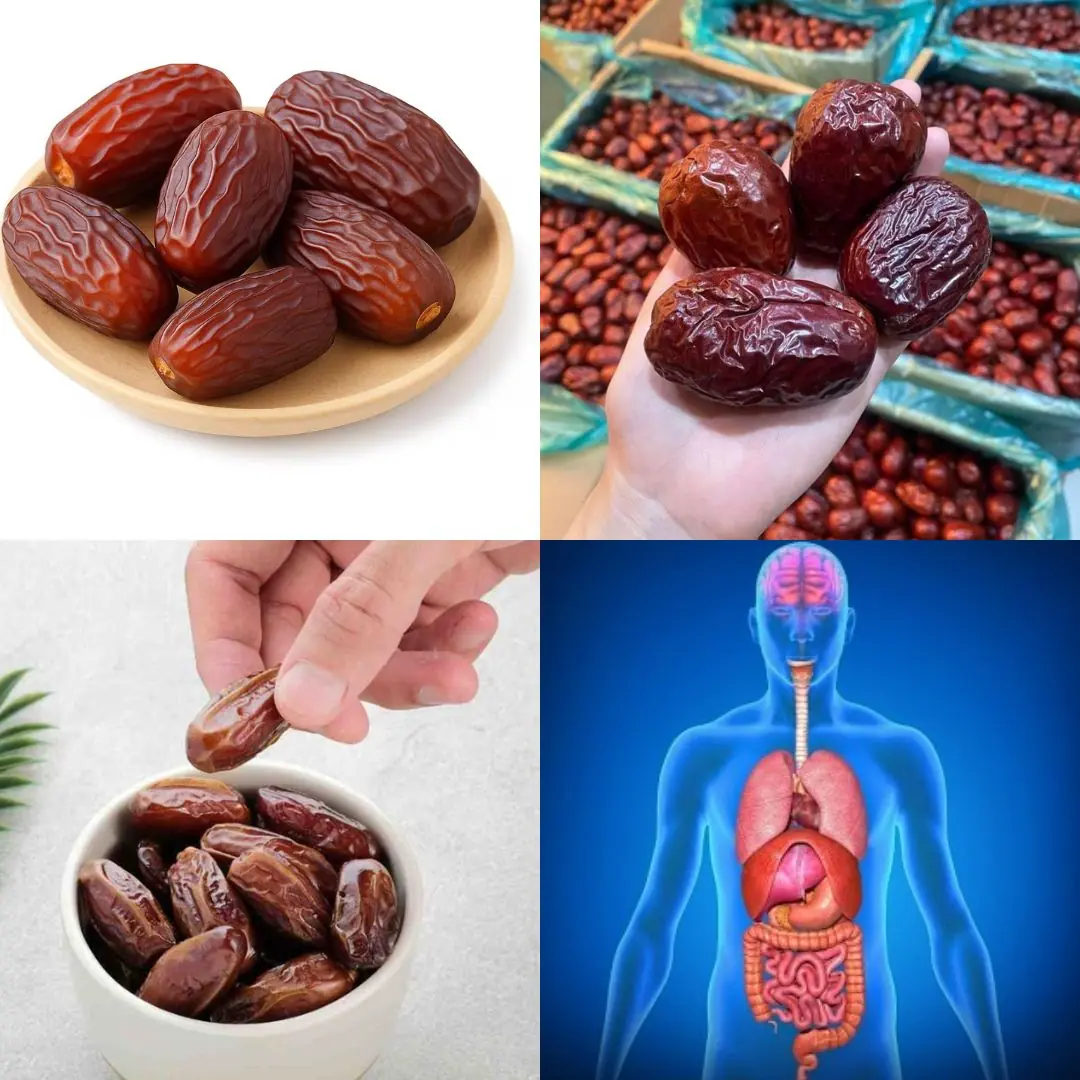
Proven Health Benefits of Dates (Dried, Fresh, Medjool) – Science Based

Mouth Cancer: Symptoms, Causes, Stages, and Treatment

How to Cure Sciatic Nerve Pain: A Guide to Natural Remedies

Is It Safe to Stay Inside a Car During a Thunderstorm?

Mixing Leftover Rice with Laundry Detergent: A Surprising Cleaning Hack That Works Wonders
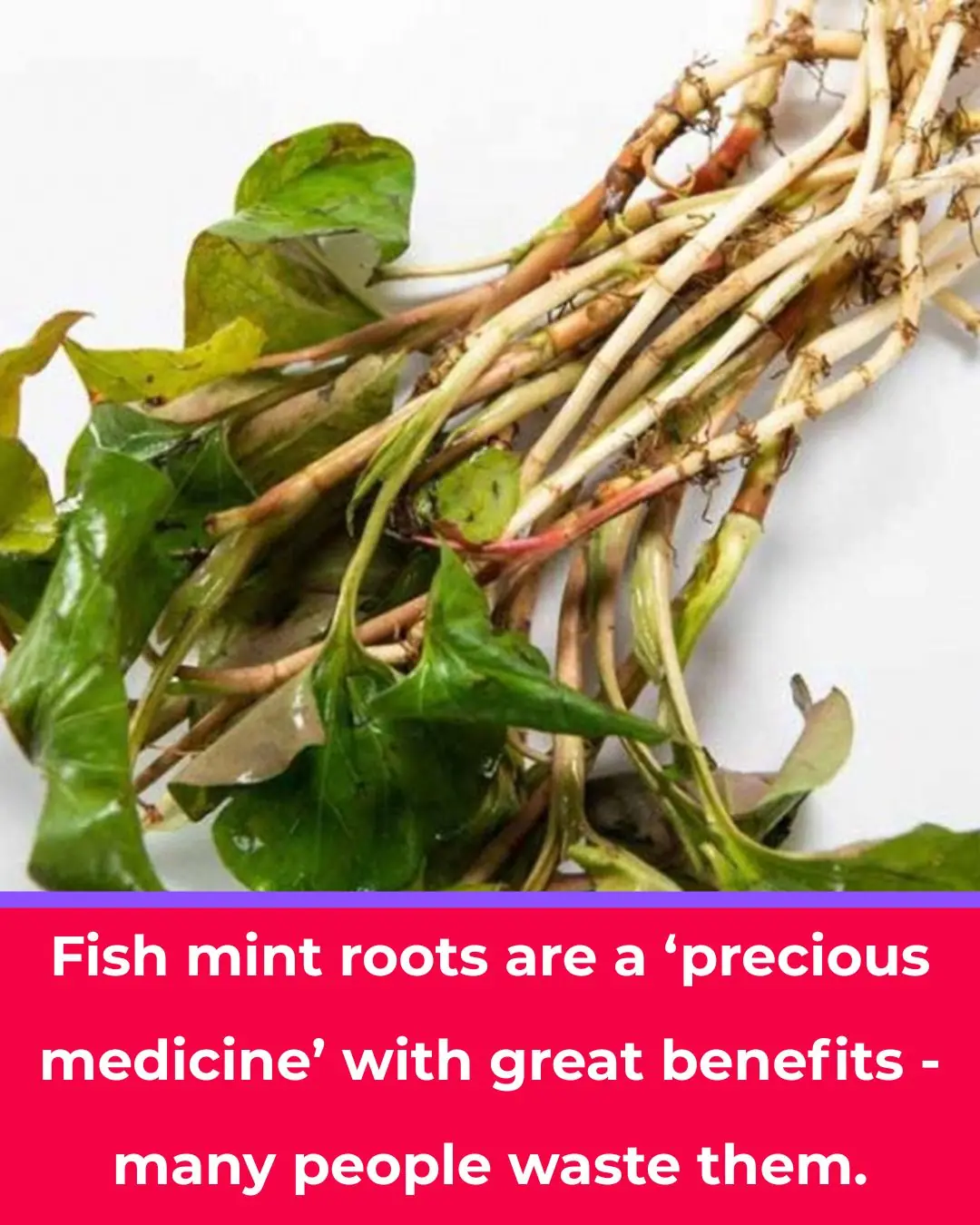
Houttuynia Root: The Overlooked Part with Powerful Health Benefits
